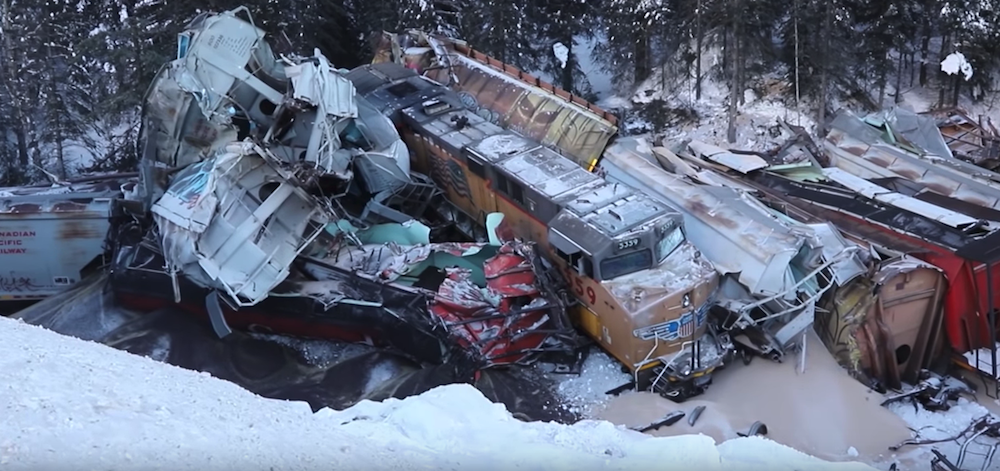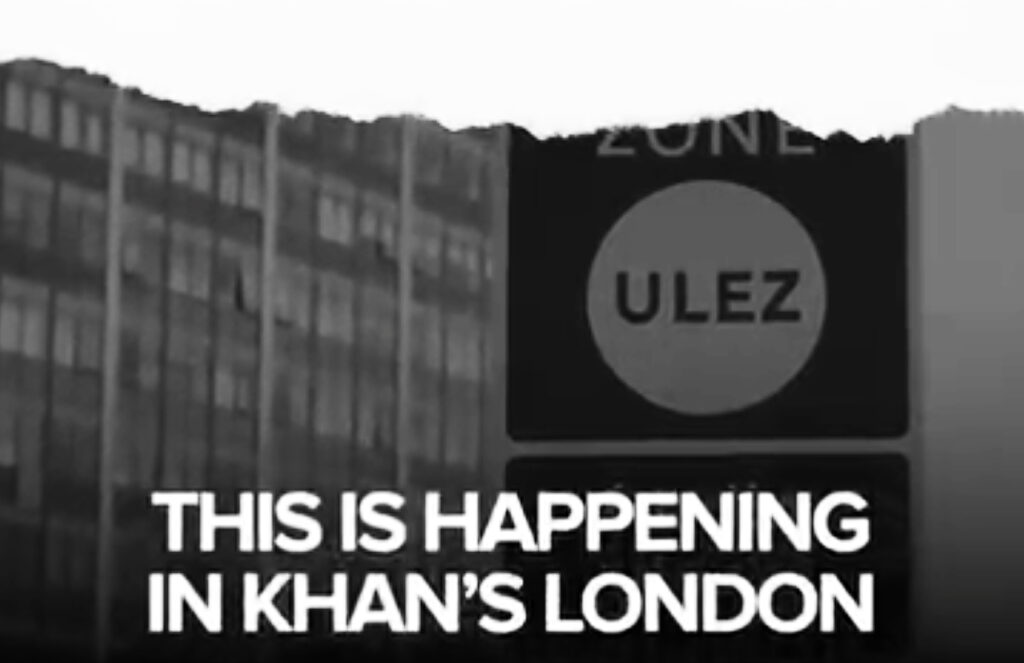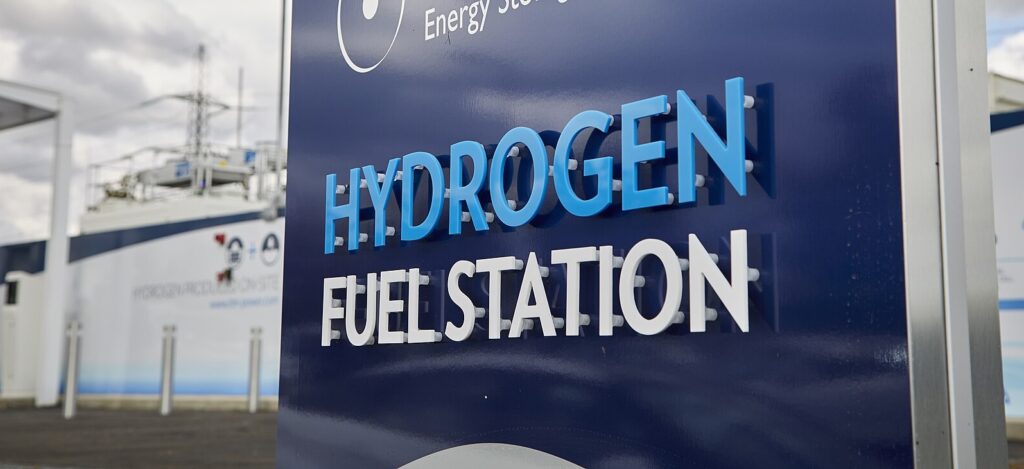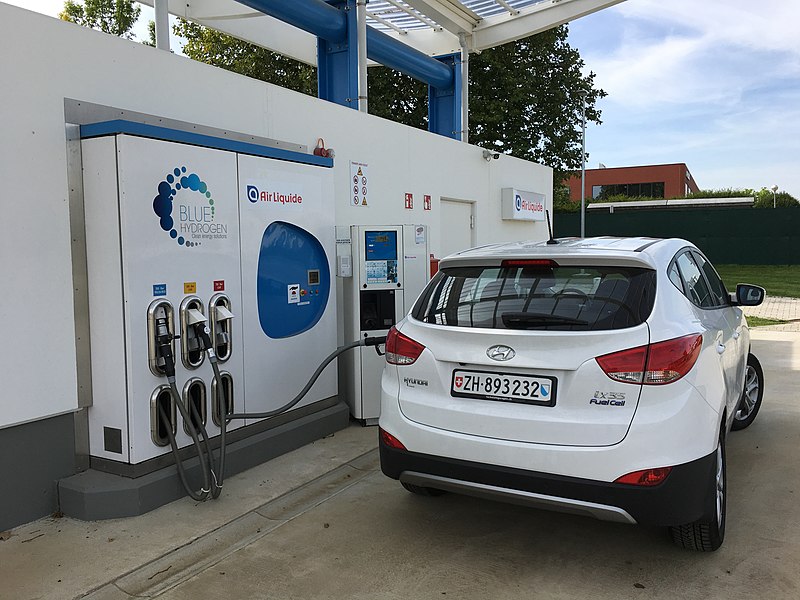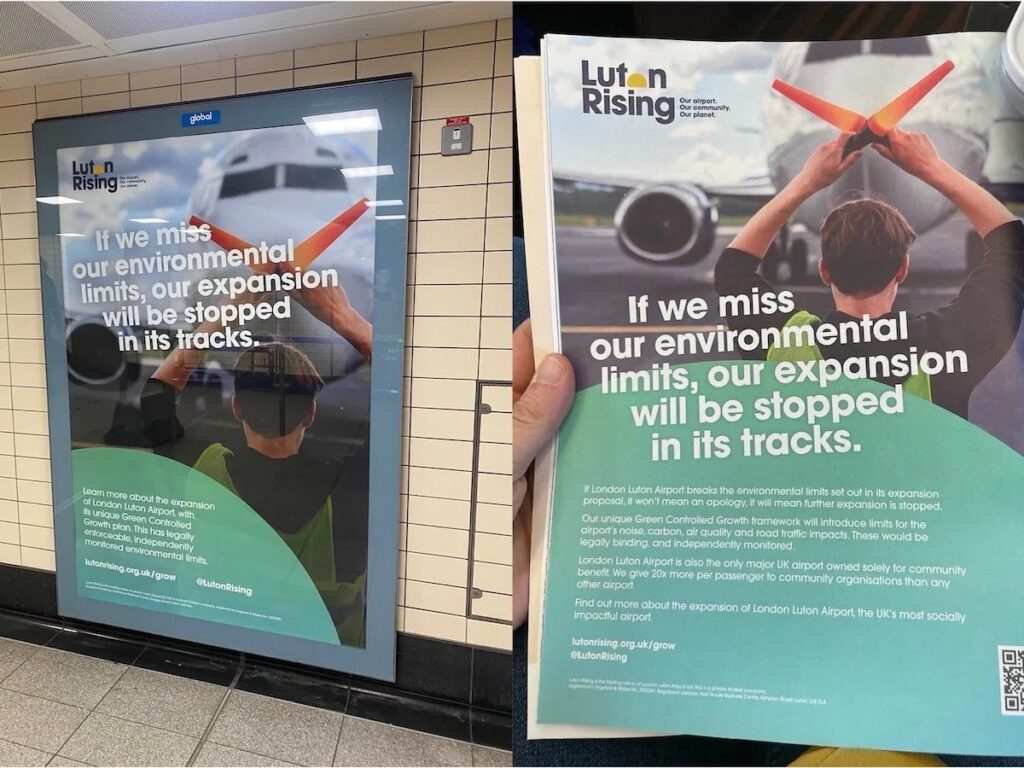The only way to have a rail accident that is “eerily similar” to the Lac-Mégantic oil train disaster that killed 47 people and wiped out the small Quebec downtown is if a massive regulatory failure did not address the causes of that 2013 tragedy.
Which is exactly what has happened. And is why a fatal train accident on February 4 in Field, British Columbia, was dubbed “eerily similar” to the one in Lac-Mégantic by Garland Chow, a professor and transportation expert at the University of British Columbia’s Sauder School of Business.
BREAKING: CP Rail confirms 3 crew members died in a train derailment east of Field late last night. https://t.co/qCVdDppaOL
— Global BC (@GlobalBC) February 4, 2019
As documented on DeSmog, the Lac-Mégantic rail disaster has been described as a “corporate crime scene.” The parked oil train that caught fire, ran away, and exploded was the result of corporate cost-cutting and failed regulatory oversight. While a combination of decisions led to that exact chain of events, it was an easily preventable accident. It never should have happened.
Yet more than five years later, almost an identical situation resulted in the death of three rail employees. Like at Lac-Mégantic, this recent accident near Field involved a train with known mechanical issues, parked at the top of a steep downgrade without being properly secured, and, due to mechanical failures, ended up as a runaway train.
In July 2018, I wrote about three reasons the deadly Lac-Mégantic oil train disaster could happen again. And after oil-by-rail traffic has been declining for years, it has now come roaring back in 2019, further increasing the odds of another oil train disaster.
While the details of these rail accidents are important to understand, the root of the problem was summed up by Brian Stevens, National Rail Director for Canadian Union Unifor, at a 2016 conference focused on lessons for preventing another Lac-Mégantic disaster.
“Nothing has changed,” Stevens said. “The railway barons are still there. And stronger than ever.”
These accidents are preventable. The industry, largely self-regulated, does not take the steps to prevent them and federal regulators in the U.S. and Canada, which closely coordinate their rail systems, allow them to get away with it.
Runaway Trains in the 21st Century
With the technology available today, runaway trains should not be a problem in the 21st century. And yet since the runaway oil train in Lac-Mégantic in 2013, the problem has only gotten worse.
In 2016 a passenger train in New Jersey crashed into a train station at high speed. Much of the news coverage noted that the train did not have in place a safety technology known as “Positive Train Control,” which is designed to prevent dangerous train movements by automatically stopping or slowing a train when the train operator has failed to do so.
Positive train control (PTC) was first recommended for rail safety in 1970. The rail industry has fought it ever since. In 2008 the U.S. Congress finally mandated that the rail industry install PTC by 2015. The rail industry refused to do so and threatened to shut down all rail traffic in the U.S. if companies were required to install PTC. Congress caved and gave them a three year extension.
That date has since passed. Now the rail industry says the end of 2020 is the new goal.
However, in 2015 Gerald Gauthier, then the acting president of the industry group the Railway Association of Canada, referred to Positive Train Control as “costly, unproven technology” — almost 50 years after the National Transportation Safety Board first recommended it.
2019-2020 Most Wanted List issue: Fully Implement Positive Train Control https://t.co/VSl46QwbPb #ntsbmwl pic.twitter.com/UqA7bVMnTF
— NTSB (@NTSB) February 4, 2019
Positive train control is designed to stop runaway trains. The day of the fatal British Columbia train accident, the National Transportation Safety Board highlighted the top safety issues it says need addressing, including Positive Train Control.
No doubt that PTC would help.
But there are much simpler ways to prevent runaway trains. First, don’t leave them parked at the top of large hills on a downward sloping grade. But that is perfectly legal, and so — just as in Lac-Mégantic — the recent accident in Field started with a train parked at the top of a hill when the operating crew had to stop due to fatigue limits.
Another low-tech solution for preventing runaway trains is using “additional physical defenses” to secure a parked train. As I wrote in 2018, this refers to ramps or locks placed in front of a train to prevent it from running away in the event something else goes wrong. But these defenses are not required, and were not used in this latest accident.
Why? Well, these devices take time to install and uninstall, and time is money in the rail industry.
Of course, applying physical hand brakes on all trains also would secure a train even if the air braking system fails. Some hand brakes were applied to the oil train that devastated Lac-Mégantic, but not enough to secure the train. No hand brakes were applied in the Field disaster because regulations allow trains to be parked for up to two hours without hand brakes. That applies even during crew changes that can leave these trains parked at the top of a hill.
But, again, implementing these hand brakes takes time.
Time that might have saved lives instead of dollars.
One more similarity to the Lac-Mégantic disaster is that both trains had locomotive issues before being parked for the last time. Yet both rail companies still parked these malfunctioning trains on hills without proper securement.
In Lac-Mégantic, the engineer was told to ignore a smoking engine, which eventually led to the fire that resulted in the brakes failing and the train running away.
In this latest accident, an employee of Canadian Pacific Railway, the company which operated the train that crashed in Field, reported of the train’s crew: “They couldn’t control the speed of the train, it wouldn’t maintain the speed it should have.”
That means the company knew the 112-car train had issues with speed control prior to parking it, unsecured, on a dramatic hill above a town.
Canadian Pacific Railway train at Lower Spiral Tunnel, site of the February 4 derailment near Field, British Columbia, Canada. Credit: David Wilson, CC BY 2.0
Regulatory Failure and a Second Oil Train Boom
Bruce Campbell, author of the book The Lac-Mégantic Rail Disaster: Public Betrayal, Justice Denied, has called out both this recent tragedy’s parallels to Lac-Mégantic and the ongoing lack of regulation that enabled it.
“There’s a lot of risk issues that haven’t been addressed. I’ve been worried the window is still open for history to repeat,” Campbell told The Calgary Herald. “There’s a conflict between economics and safety.”
Powerful industries are choosing higher profit margins over investing in safety measures. Three more people just paid the ultimate price for those decisions.
How powerful? The one real safety regulation that came out of the Lac-Mégantic disaster required modern braking systems known as electronically controlled pneumatic (ECP) brakes. However, the rail industry convinced the Trump administration to roll it back.
Braking issues were at the center of both of these tragedies.
Canada’s current record levels of oil moving by rail have led to concerns about the country’s rail system pushing train crew fatigue to its limits, while trying to move more tar sands oil alongside the already-crowded existing rail traffic. In December 2018, the Canadian transport minister ordered rail companies to update their fatigue policies, which the government then will need to approve.
Once again, the rail industry is setting its own safety rules.
Ottawa warns of dangerously exhausted train crews as Alberta ramps up oil-by-rail – https://t.co/fek5GycK0R
— Safe Rail (@safe_rail) December 10, 2018
While communities across North America are expressing growing concerns over the large increase in dangerous oil trains on the tracks, the head of the Transportation Safety Board (TSB) of Canada made it clear she didn’t agree at the end of last October.
The TSB removed transportation of flammable liquids by rail from its “watchlist” of safety issues.
That means the same conditions remain in place which caused the disaster at Lac-Mégantic, and the rail industry, along with the U.S. and Canadian governments, have all failed to address the clear safety issues.
What could possibly change that? If 47 dead Canadians and a massive environmental disaster didn’t spur a change, then regrettably three more dead railroad employees seem unlikely to either. After all, in November, two railway employees in Wyoming were killed in a runaway train incident when the brakes failed, and nothing changed in its wake.
Canadian Pacific did announce it will now require using hand brakes when trains are parked on hills. However, this is a voluntary measure and appears on its face more of a public relations move than true change of heart. The company’s announcement followed one by Transport Canada announcing a requirement that all railroads use hand brakes in situations like the one in Field as a “precaution” that would stay in place as long as needed.
When oil trains were exploding on a regular basis in the U.S., top rail company BNSF said it was going to invest in 5,000 new, safer tank cars to prevent these explosions. The announcement received a lot of press at the time.
But it never happened.
In an early statement after the February 4 crash, TSB was very clear that the crew was not to blame: “It was not anything the crew did.”
Exactly. This looks like another corporate crime scene, with blood once again on the hands of the regulators, politicians, and rail executives who made it possible.
Main image: Site of a fatal Canadian Pacific train accident near Field, British Columbia, Canada, on February 4. Credit: Calgary Herald screen shot
Subscribe to our newsletter
Stay up to date with DeSmog news and alerts


